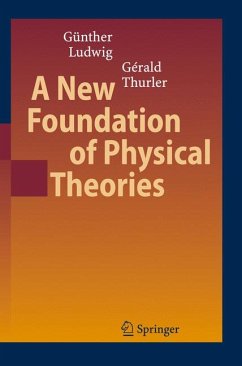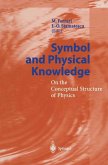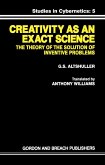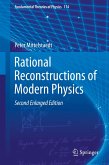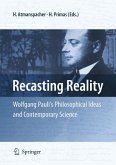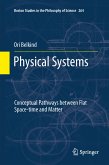(translation) I was interested by the development of a new edition of the book [1] "Die Grundstrukturen einer physikalischen Theorie." This has been possible, in spite of my old age, thanks to the contributions of Dr. G. Thurler. Without his indefatigable support and his essential and fundamental propositions, this new edition would not have been possible. The new edition clari?es and formulates more precisely the fundamental ideasofphysicaltheoriesinordertoavoidasmuchaspossibleanyambiguities. One begins theoretical physics with concepts that can be explained wi- out theories. Later, one introduces other concepts by theories known as "pre-theories." Thus it does not make sense to introduce concepts such as "state" without a pre-theory. The ?eld of physics is thus determined by the basic concepts introduced without the use of pre-theories. Also, it does not make sense to speak about the position and speed of an electron at a ?xed time. "Reality" is not however only the reality which is described by physical concepts. Thus, for example, colors,tones, joy, hate, and love are not physical concepts. But the demarcation of the physical concepts, and thus the demarcation of the ?eld of physics makes it possible to know more clearly, and thus to describemoreclearlyinthe future,the structureof realitybeyondthe domain ofphysics.The?eldoflifeandnotthatofdeathshouldbethegoalofmankind. Thus, I hope that this book can also become another small step for life.
Dieser Download kann aus rechtlichen Gründen nur mit Rechnungsadresse in A, B, BG, CY, CZ, D, DK, EW, E, FIN, F, GR, HR, H, IRL, I, LT, L, LR, M, NL, PL, P, R, S, SLO, SK ausgeliefert werden.

